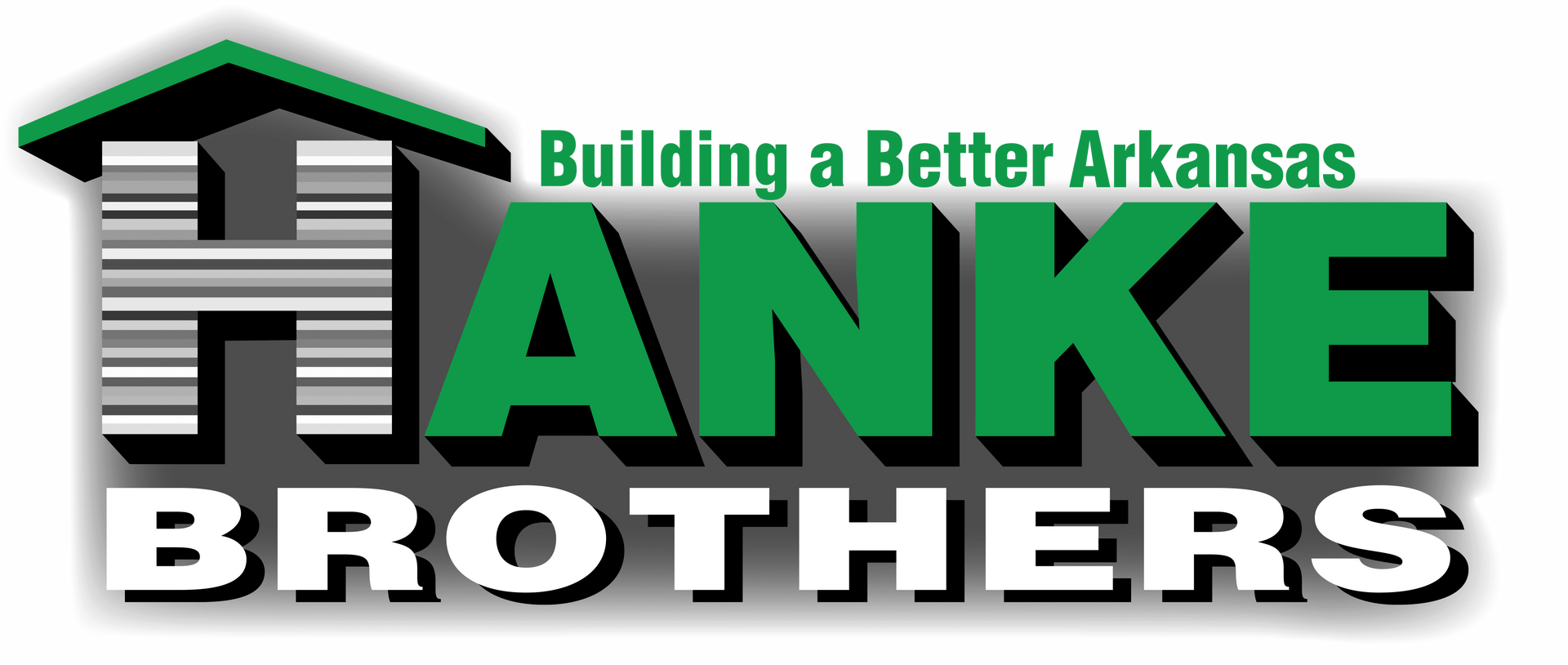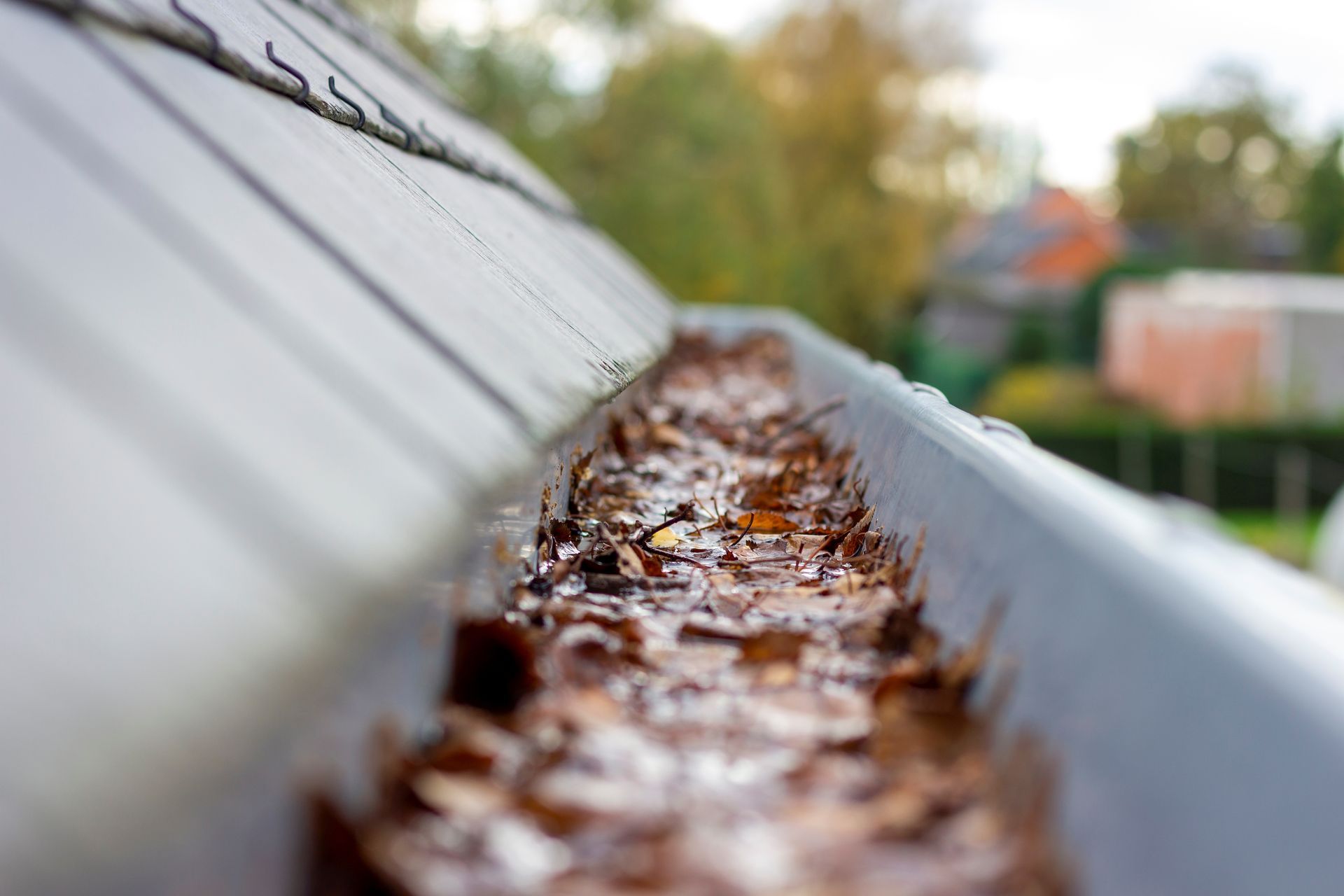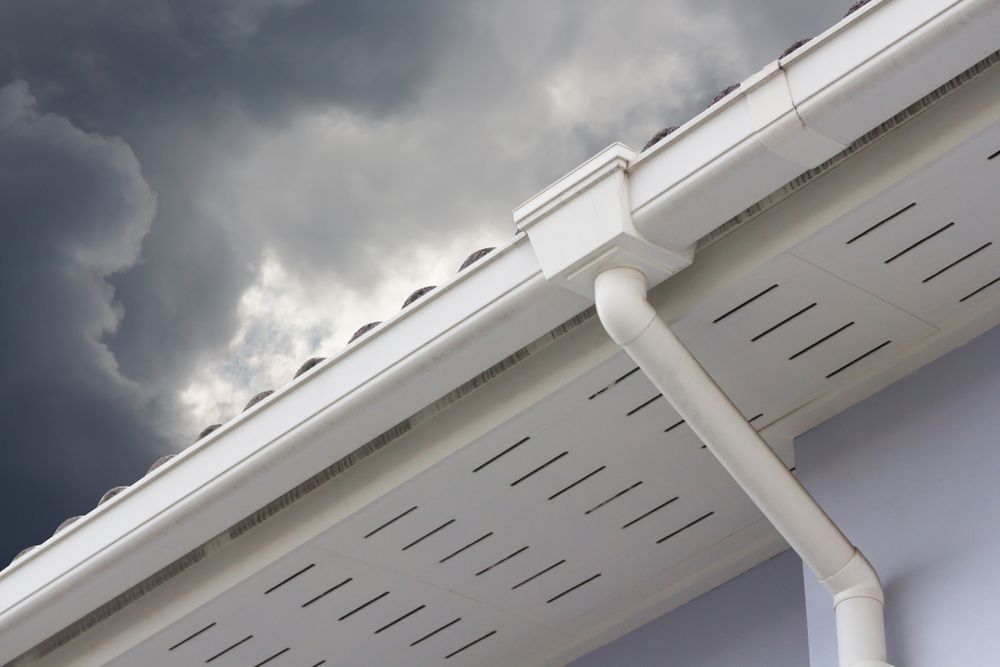Request A Free Home Service Quote
Thank you for contacting us.
We will get back to you as soon as possible
We will get back to you as soon as possible
Oops, there was an error sending your message.
Please try again later
Please try again later
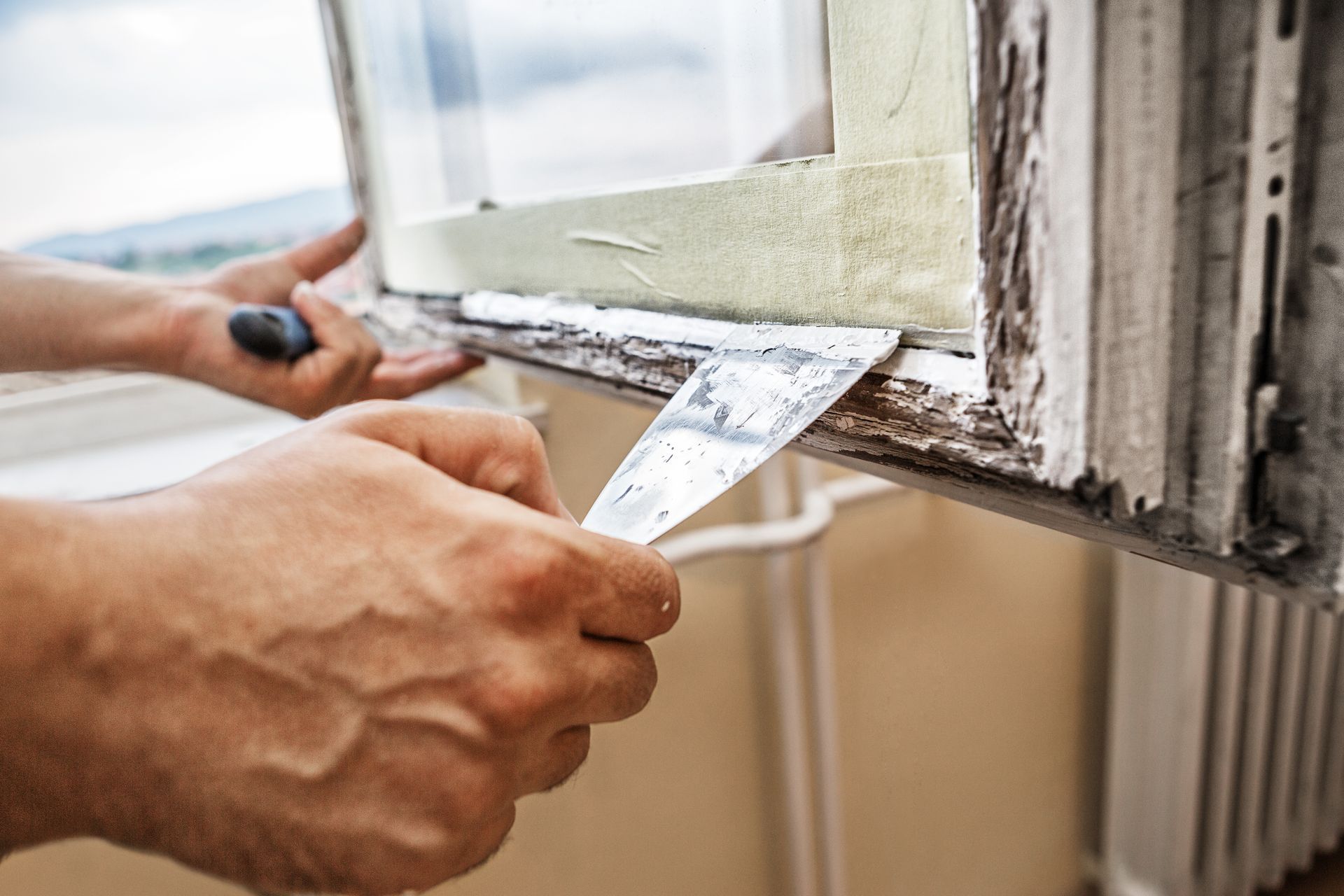
By Kim Hanke
•
24 Apr, 2024
The upfront cost is the biggest benefit of opting for window repair instead of replacement. Window repairs are cheaper in the short term, especially when only one or two windows are damaged. Ultimately, repairs can work for quick fixes like replacing a pivot bar or shoe on a window that won’t stay open or installing a new window screen.
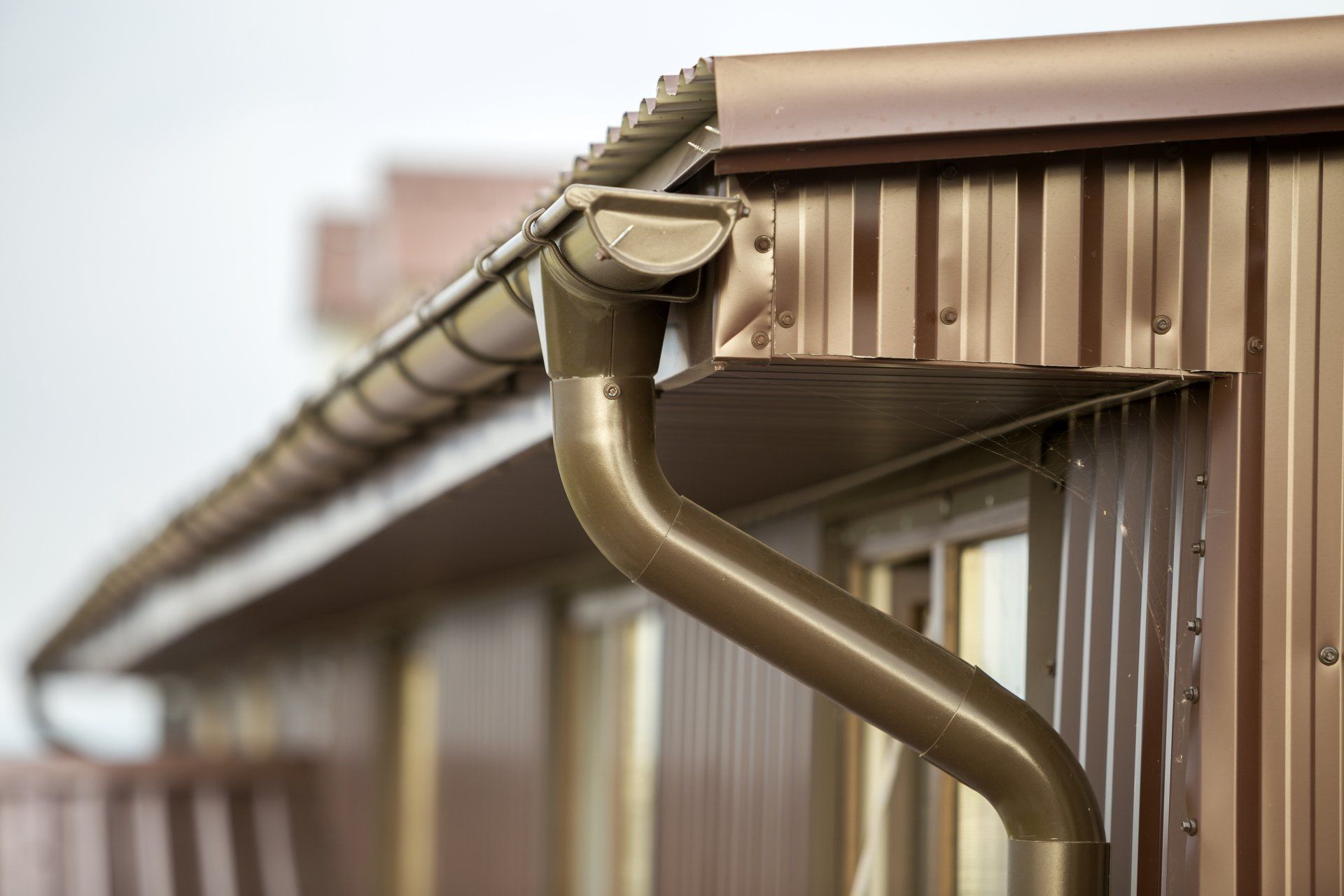
By Kim Hanke
•
20 Mar, 2024
Damaged gutters are much more likely not to work properly, resulting in water damage to your home and foundation. This is why it’s essential to ensure your gutters are in peak condition all year round, giving them the strength and fortification they need to weather the blizzards and heat waves.
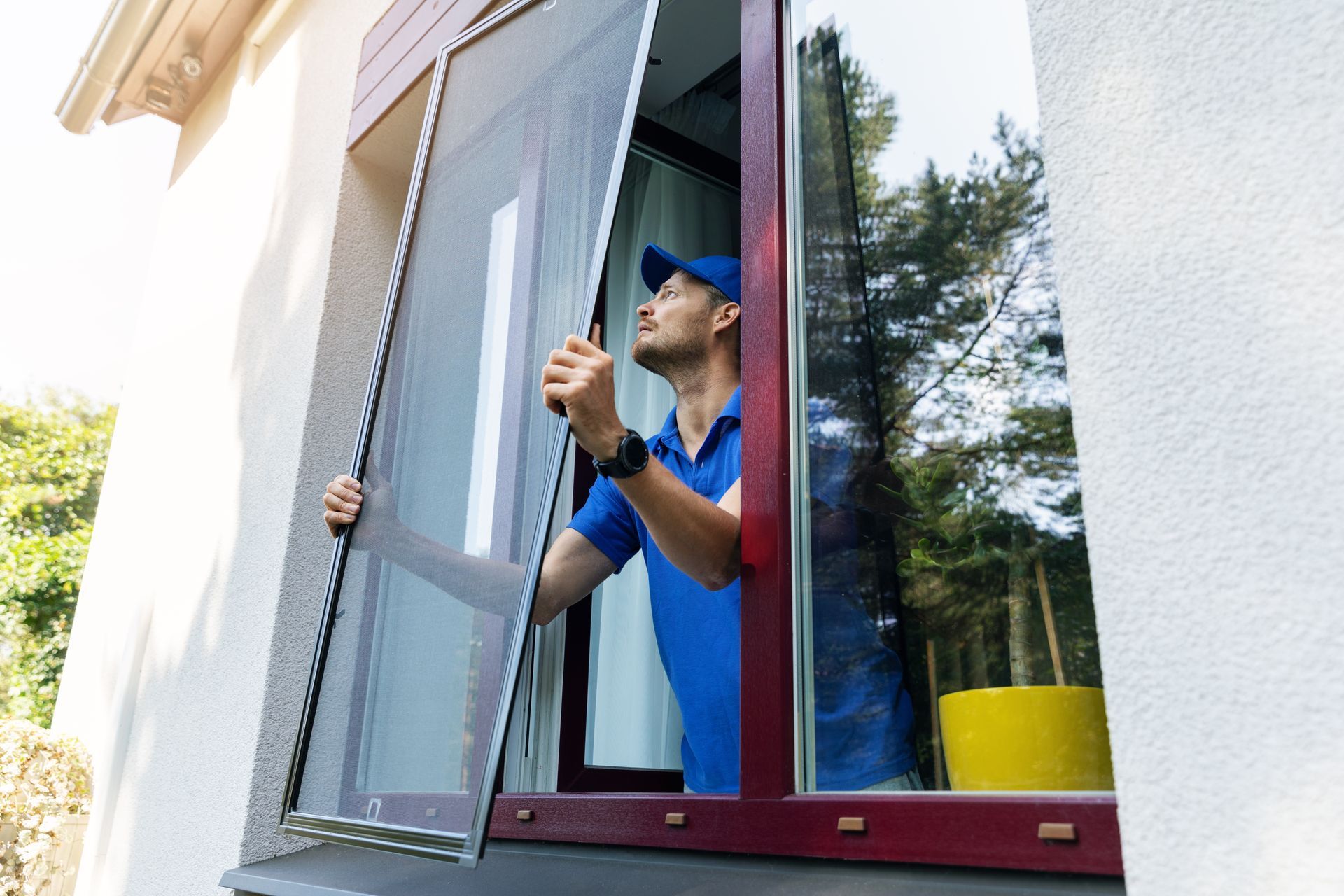
By Kim Hanke
•
11 Mar, 2024
Measuring window screens is more complicated than just length and width, however. You also need to account for depth, not to mention adjusting for hardware space and making sure your screen will fit over the lip of your window (the U-Channel) when installing. What measurements you need to grab also depends on your window type. Consider this your step-by-step guide for measuring window screens, regardless of whether your windows are double or single-hung.
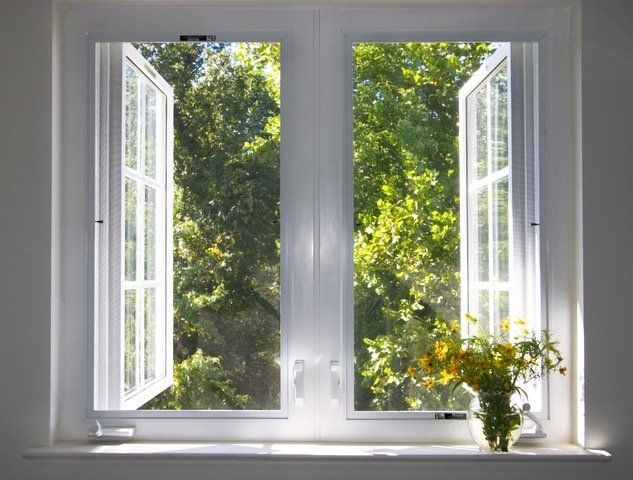
By Kim Hanke
•
22 Feb, 2024
If this is your first time shopping for new windows, or if you’re considering giving your current windows a style refresh, there are many things to consider. But before you go down an online search rabbit hole, trying to find reliable answers to each question, we’re making your research easy.
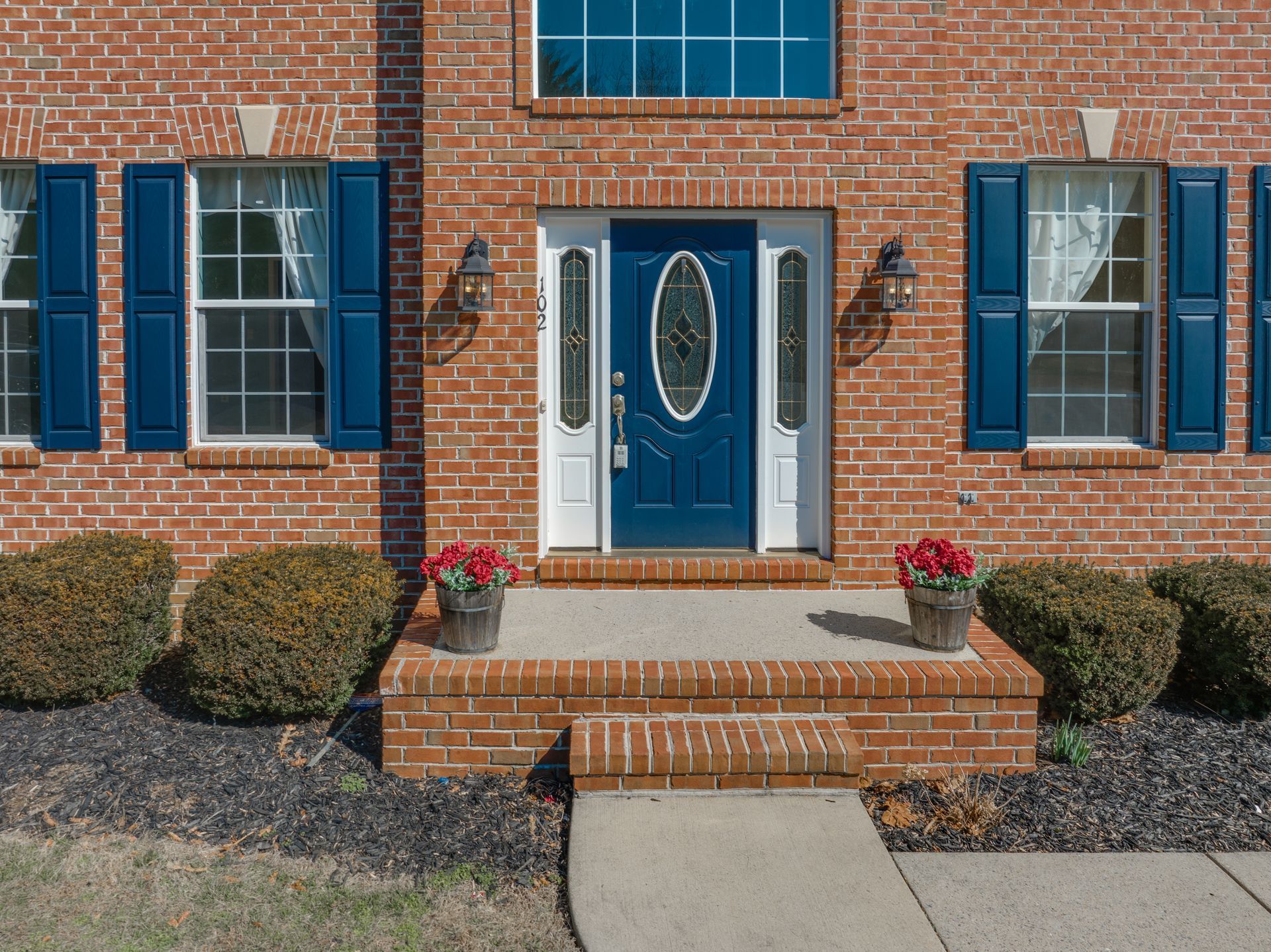
By Kim Hanke
•
31 Jan, 2024
Brick exteriors offer a beautiful curb appeal to a home, but they can feel limiting when it comes to your ability to renovate. Many brick homes in Arkansas are older, which may mean they also come with outdated and drafty windows. If you’re a brick house homeowner, you may be wondering if it’s even possible to replace these windows with better, more energy-efficient ones.

By Kim Hanke
•
22 Jan, 2024
During the freezing months of winter, it’s common for icicles to form along the gutters and roofline as condensation drips off your roof. This can not only create a safety hazard around your home, but it also can lead to significant damage to your roof, gutters, and even foundation once larger icicles begin to melt and form puddles around the base of your home.

By Kim Hanke
•
12 Dec, 2023
Double-hung windows are one of the most popular styles among homeowners today, preferred for their dual combination of aesthetic appeal and practical functionality. If you’re considering double-hung windows in Arkansas but aren’t sure what to expect, we have you covered with this complete guide. What are Double-Hung Windows? Double-hung windows feature two vertically sliding sashes, giving you more flexibility in how you open your windows to let in the fresh air. When it’s time to install new windows , many homeowners opt to upgrade to double-hung windows because they offer so much more variety in use and design. All of our custom vinyl double-hung windows include the popular tilt-in function to make cleaning even easier and keep your perspective crystal clear! Single vs. Double-Hung Windows Single-hung windows often look similar to double-hung except for one key difference: they only have one sliding panel, leaving the other fixed in place. A similar type of window you may be familiar with from your days in rental homes and apartments is the sliding window, where a single panel moves side-to-side while the other remains static. The ability to move either panel and tilt them in for cleaning makes double-hung windows a much better option in most homes—especially for second-floor windows! Double-hung Windows vs. Casement Don’t confuse double-hung windows with casement windows! This is a common misconception because double-hung windows can tilt inward for cleaning. Unlike casement windows—which open outward using a crank mechanism—double-hung windows are sliding windows that move up and down along a track. They are typically only tilted for cleaning purposes, not for ventilation. Benefits of Double-Hung Windows High-quality windows should always have sturdy manufacturing, thick glass, excellent energy efficiency, and custom sizing. High-quality double-hung windows include a few other benefits that make them the best choice for most windows in your home that aren’t specialty pieces like statement geometric windows or bay windows. Ease of Cleaning When your home has windows that don’t tilt inward on high floors, cleaning becomes more of a high-risk task for doing it yourself. This means either hiring professional window cleaners, living on the dangerous side or accepting the fact that your windows will be dirty. When you opt for double-hung windows, cleaning is a breeze! All you have to do is lock the windows in place before tilting the panel toward you to wipe clean from the safety and comfort of your home. Better Air Flow Thanks to both panels sliding vertically, your home will have quick and easy ventilation and airflow without sacrificing energy efficiency! Our double-hung windows are extremely sturdy and durable, so you don’t have to worry about drafty windows impacting your energy bills. Simple Opening and Closing Double-hung windows sound more complicated than they are! They operate much the same as single-hung or slider windows—the only real difference being that both panels can move. When you invest in high-quality double-hung windows, they are designed to slide with ease while maintaining a tight, sturdy seal along the tracks. Aesthetically Stunning Double-hung windows are a classic style that works for any home. They can come in a variety of shapes and sizes to accommodate your unique situation, elevating your home with plenty of natural light and unbeatable curb appeal! Frequently Asked Questions About Double-Hung Windows: Still have some unanswered questions about double-hung windows and how they might work for your home? Here are a few we’ve heard a lot: Can double-hung windows have screens? Yes, you can have screens on double-hung windows. Because the windows only tilt inward, they work well with exterior screens to keep the bugs out while letting the cool air in. Are double-hung windows secure? The security of your windows depends in large part on the quality, not necessarily the style. Our double-hung windows are made with the highest quality materials, ensuring a tight seal and unbreakable lock. They cannot be tilted inward from the outside, so you don’t have to worry about that easy-cleaning feature compromising your safety. How do double-hung windows work? Moving your double-hung windows—whether tilting to clean or sliding the panels up and down—all comes down to the simple locking mechanism: To slide window sashes along the track for opening, turn the lock. Pull down on the top sash or up on the bottom sash to slide your window open vertically. To tilt one of your sashes in for cleaning, turn the locking mechanism and gently pull the sash toward you from the opposite end. If you’re still unsure how to operate double-hung windows, simply ask your Hanke Brothers window installer for a demonstration! Are double-hung windows popular in Arkansas? Yes! Double-hung windows are our most popular style—Hanke Brothers customers can’t get enough of them! The Best Vinyl Double Hung Windows in Arkansas are Here! If you’re looking for double-hung windows in Arkansas, you’ve come to the right place. We provide our customers with only the highest-quality, premium double-hung windows custom-made for the exact specifications of your home and style preference. No need to patch or paint any gaps from standard windows—these windows are literally made for you! Contact us to learn more and schedule a free quote on new double-hung windows today!
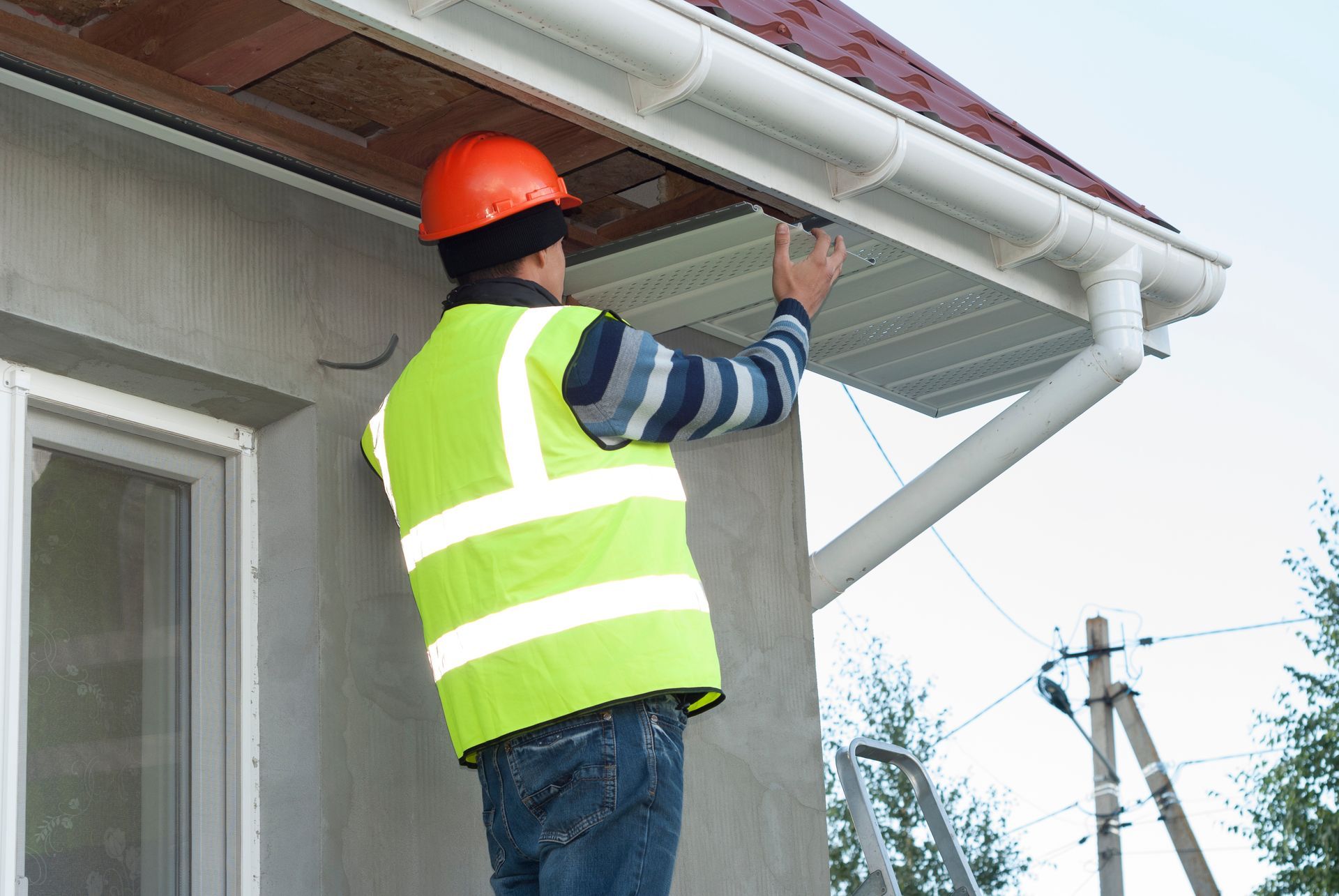
By Kim Hanke
•
06 Dec, 2023
Fascia board is an often-ignored component of your home’s roofing system. It is critical to the integrity and safety of your roof, and a damaged fascia board can lead to damage in other areas of your home, including but not limited to the roof and attic. Because the fascia board is so interconnected with other vital components of your home, it must be replaced when damaged. How do you know when your facia board needs to be replaced? And how should you move forward with repairs or replacement? Let’s take a look! What is Fascia Board? The fascia board is the long piece of wood, PVC, or aluminum that borders your roof. It gives a roof a nice, finished appearance, but its function is more than just aesthetic. Fascia board protects the underside of your roof from water damage . It also supports the weight of most gutter systems, as it is the most sturdy and reliable place for gutters to be installed on a roof. When to Replace Fascia Board Like gutters, fascia board is integral to protecting your home from water damage. This makes it extremely important to make sure your fascia board is safe from water damage. Fascia board can be susceptible to water damage when gutters are leaky, clogged, or otherwise faulty and overflowing . If your fascia board shows signs of water damage, it likely needs to be replaced. Your fascia board should be replaced if it shows signs of the following damage: Wood rot from moisture damage Mold, fungus, or algae growth Cracks Chewing or other damage from wood-destroying pests Bowing Holes (including nail holes that could expose the attic to water) How to Replace Fascia Boards: Seven Steps While we recommend hiring professional roofers for fascia board replacement, those homeowners more adept with home renovation may be interested in exploring the possibility of a DIY approach. Considering taking the project on yourself? Review these instructions thoroughly before deciding if this is a project you are up for taking on. Also, bear in mind that any DIY work done on or near roofing could void your roof warranty . So make sure you are aware of this risk first! 1. Inspect Your Fascia Board Begin by examining your fascia board to determine the extent of the damage. Ideally, only a small section will need to be replaced, rather than the entire perimeter of the board. Once you’ve inspected the fascia for damage, you will need to measure the existing board’s size to choose the right replacement board. Make sure your replacement board material matches the current board as well. 2. Remove Gutters and Drip Edge Since gutters are typically mounted to the fascia board, these will need to be removed as well. If you have seamless gutters, this can be a rather extensive process. Please contact a professional gutter installer for help, especially as DIY gutter installation and removal could void both your gutter and your roof warranty! The drip edge will also need to be removed, but it can possibly be reused or repurposed if it is not damaged. 3. Remove Damaged Fascia Board Pull nails out of the fascia board with the claw of a hammer or a prybar to uninstall it from your home. Be careful not to rip nails out too quickly, as this could damage other parts of the roof. 4. Measure and Cut the Replacement Fascia Board The new fascia board will be easier to install if cut down into smaller pieces, but each section should at least span two rafters to effectively nail in place. Marking the location of the rafters on your board before nailing it on can make this easier. 5. Seal the Seams Use caulk or some other sealant to cover the seams, sealing each gap against water or pest entry. This is vital for protecting your new fascia board against future damage! 6. Paint or Trim and Seal the Wood To further protect your new fascia board against water damage, the entire surface of the fascia should be covered with an exterior wood sealant. Once it is sealed, the fascia should either be covered with fascia trim or painted to match your home’s exterior. 7. Reinstall Drip Edges and Gutters Now that your new fascia board is secured and sealed, it’s ready to support your gutters and drip edge again! Odds are, your damaged fascia board was a symptom of faulty gutters, making this the perfect time to fully replace your gutters . In this case, all you need to do is schedule your gutter installation company to come out and set up your new gutters. Protect Your Fascia with K-Guard Gutter Systems Hanke Brothers is proud to bring K-Guard Leaf-free gutter systems to homes all across Arkansas. These oversized gutter systems are simply the best for protecting your fascia board, as they are designed with built-in gutter protection to prevent clogs and keep water flowing out and away from your home. K-Guard is the only truly one-and-done gutter system for homeowners, with minimal maintenance and maximum curb appeal! Contact us for a free quote on new gutters for your home!

By Kim Hanke
•
24 Apr, 2024
The upfront cost is the biggest benefit of opting for window repair instead of replacement. Window repairs are cheaper in the short term, especially when only one or two windows are damaged. Ultimately, repairs can work for quick fixes like replacing a pivot bar or shoe on a window that won’t stay open or installing a new window screen.

By Kim Hanke
•
20 Mar, 2024
Damaged gutters are much more likely not to work properly, resulting in water damage to your home and foundation. This is why it’s essential to ensure your gutters are in peak condition all year round, giving them the strength and fortification they need to weather the blizzards and heat waves.
We take pride in our work, so our services are backed by our Hanke Brothers
warranty. You can click the button to download a copy of the Hanke Brothers
warranty.
© 2024
All Rights Reserved | Hanke Brothers | Web Design by Flypaper | Privacy Policy
